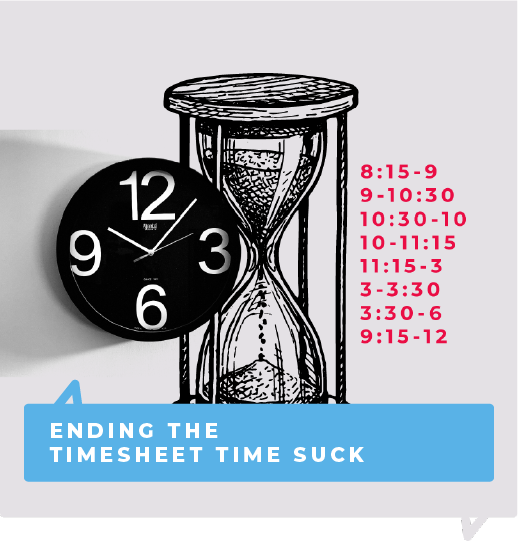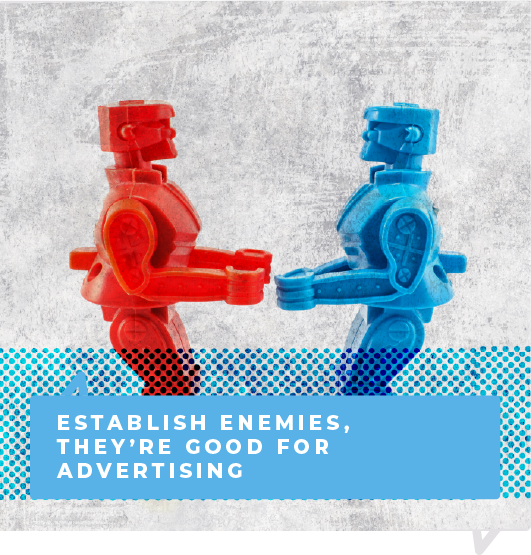
FAREWELL, GILDED AGE OF PRODUCTION. HELLO, GOLDEN AGE OF IDEAS.
When I was new to advertising, veteran creatives would regale me with tales of their pre-digital productions. Weeks and months were spent in LA, sitting poolside, gorging on sushi, and managing a multi-million-dollar TV production replete with celebrities, A-list directors and assured award show glory.
I used to feel like I just missed out on the golden age. But here we are in a new era of ideas. While it may lack the lavishness of 90's brand TV campaigns, affordable and efficient production means more content is being produced and most of it doesn't look half-bad.
As digital technology took over, everything got done faster and more efficiently. Those weeks and months of production became days, and that precious time spent out of office was now spent tethered to email.
On TikTok alone, hundreds of millions of people are concepting, shooting and posting their ideas and it takes, what, 10 minutes? At that scale, some of it's bound to be brilliant. (Infinite monkeys, infinite typewriters, yada yada…)
With way, way more content being produced, the public is increasingly comfortable with a wide spectrum of production quality, and they're evaluating what they watch, and listen to, differently. Simply put, it doesn't have to be expensive to be interesting.
NBA Desktop has been a massive hit for The Ringer. Jason Concepcion, former star of the show, more or less just clicked through links on a Word document, cackling at his own jokes. It embraced content over production value, and while ESPN Sportscenter saw its ratings (and relevance) slide, despite a $125 million investment in a new set, NBA Desktop won an Emmy.
Creating more content improves the odds of making something good. Why put all your time and resources behind one idea, when no matter how much you love it, test it, and spend on it, it simply might suck? (Remember Indiana Jones and the Kingdom of the Crystal Skull?) When you make one big-budget TV spot a year, it has to work. If you make 20 different pieces of content, you can take chances and try new things. All 20 ideas won't turn out great but one or two of them might be and that's all you need.
Blumhouse Productions takes this approach to filmmaking. Instead of two to three big-budget releases, Jason Blum finances 15 to 20 low-budget productions every year. His success is built on the recognition that no matter how much effort is put into "optimizing" a movie, he can't predict if it will succeed, and in many cases, all the feedback from studio bigwigs actively harms the final product. So, while Paranormal Activity, Whiplash and Get Out were big hits, Blumhouse also worked on Plush, Area 51 and a bunch of other "flops."
But "flop" isn't the right way to think of the movies that didn't succeed - Blumhouse is just embracing the risk that is an unavoidable part of every creative endeavor (with a smaller financial loss).
There's always a time and place for high-budget TV. Big brands play a high stakes game on the Super Bowl and across the broadcast networks, but this isn't the 90's. We have the Internet now. You can reach your customers in more places and ways than ever. While breaking through is always a challenge, the smart money is on making more content and taking more creative risks to increase your odds.
By Jason Schmall, Partner, Creative





